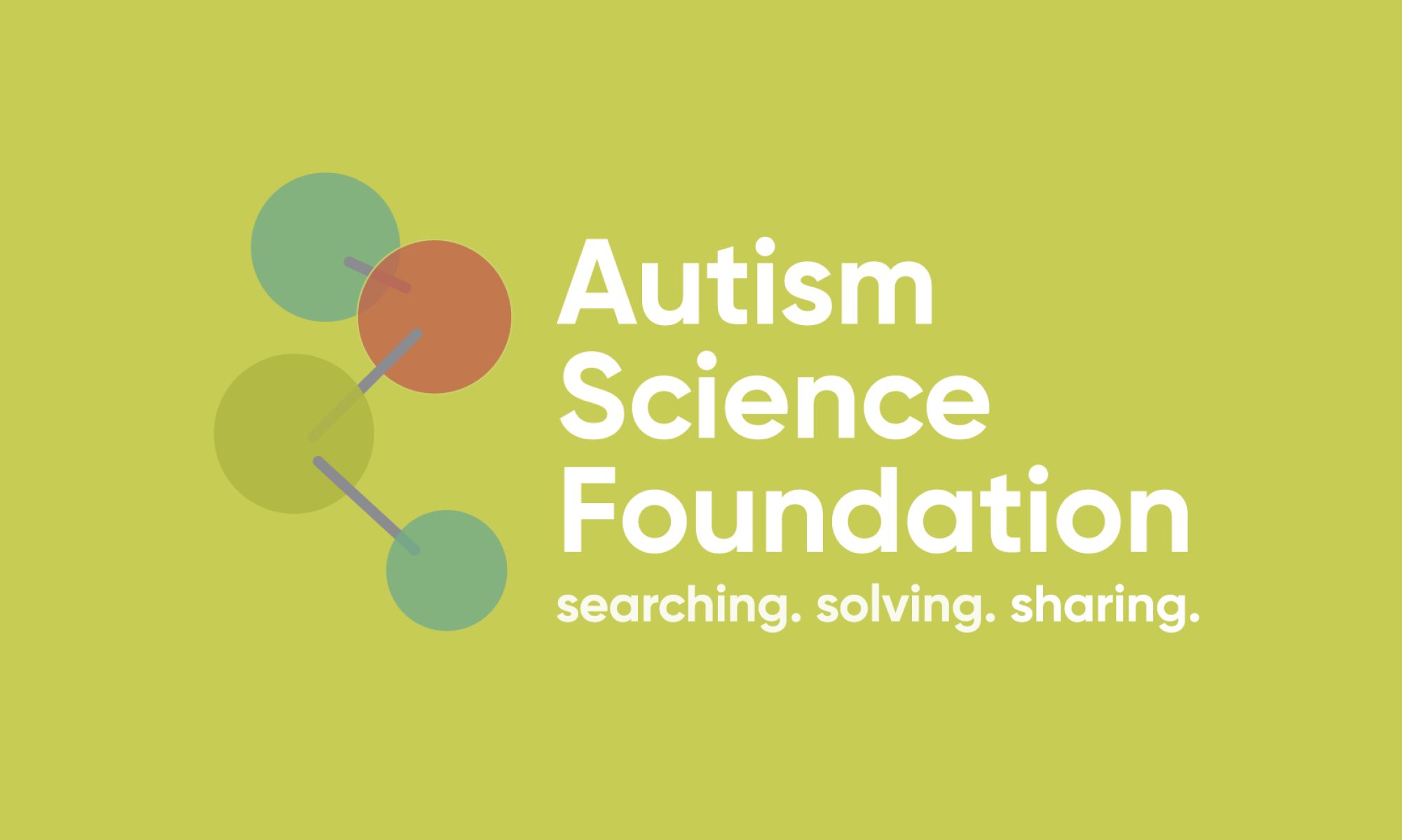 Dr. Karen Pierce is an Assistant Professor in the Department of Neurosciences at the University of California San Diego, and the Director of Clinical and Functional Brain Imaging Research at the UCSD Autism Center of Excellence (ACE). An autism researcher for over 20 years, Dr. Pierce researches early clinical and neurobiological signatures of autism. Her “1-Year Well-Baby Check-Up Approach” has been embraced by over 170 pediatricians in the San Diego area, as it provides a non-invasive screening tool for babies around their first birthday. Over 20,000 babies have been given the 24-question screen.
Dr. Karen Pierce is an Assistant Professor in the Department of Neurosciences at the University of California San Diego, and the Director of Clinical and Functional Brain Imaging Research at the UCSD Autism Center of Excellence (ACE). An autism researcher for over 20 years, Dr. Pierce researches early clinical and neurobiological signatures of autism. Her “1-Year Well-Baby Check-Up Approach” has been embraced by over 170 pediatricians in the San Diego area, as it provides a non-invasive screening tool for babies around their first birthday. Over 20,000 babies have been given the 24-question screen.
Jonathan Carter spoke with Dr. Pierce about her work.
You’ve developed an early detection technique named the 1-Year Well-Baby Check-Up Approach. Can you describe how you developed the approach?
For me, the motivation was twofold and contained both clinical and research roots. First, I wanted to detect autism early to get kids into treatment as soon as possible. The second motivation was purely scientific. Autism is a neurobiological disorder, and if we want to make the big discoveries about what’s going on, we have to study the disorder while the symptoms are unfolding. So I needed to figure out a way to study autism as early as possible.
But then we are left with a problem: How do you study autism during the first year or two of life if a diagnosis doesn’t come until 2, 3 or even 4? So I decided the best way to address this issue is to implement a really simple, broadband screen.
Obviously symptoms of autism aren’t glaring over the first year of life. If they were, people would be diagnosing autism at that year of age. But, there are some signs that I thought would be caught by broadband screens. There is a really excellent broadband screen developed by Amy Wetherby and Barry Prizant, called the CSBS DP IT Checklist, but the screen had never been used as standard of care in a doctor’s office before. I started with my own pediatrician and asked her if she could spend a couple extra minutes during the one-year exam giving this screen to all of her patients. She tried it and it worked well, leading the other three doctors in her practice to do it. It all started with just four pediatricians. And it worked really well with those four, so I went out and started taking with other pediatricians around San Diego. By the time I hit 30 pediatricians word had spread far enough that I began to have pediatricians calling me asking to get into our program. Today over 170 pediatricians in San Diego are screening for autism and other delays at the 1-year check up using my program.
How does the program work?
It’s quite simple: I go into the pediatrician’s office and tell them about the importance of early screening in autism. I then show and teach the staff the screening tool and how to score it.
The reason that the screen works is that it has to be done at the actual checkup. The mother or father fills out the CSBS, which is fairly short, just one page. She fills it out while in the waiting room and hands it off to the receptionist, who then hands it off to the nurse or medical assistant who grades it right then and there. This allows the doctor to look at it quickly and reveals whether the child is at risk of having delays. The score allows the doctor to probe further during the one-year exam. If the baby is showing a delay they are then referred to UCSD or other qualified location. Once they get here, we do a full, in-depth evaluation. We do the ADOS and the Mullen Scales of Early Learning to look for cognitive delays. We perform several experimental assessments such as my “geometric preference test for autism” that evaluates eye gaze patterns. We also take a blood sample to look for blood-based autism markers, and then we also do a free MRI scan to examine brain development. Continue reading “Interview: Dr. Karen Piece Discusses the Success of the 1-Year Well-Baby Check-Up Approach”
